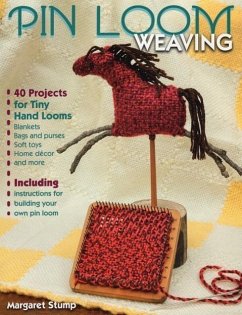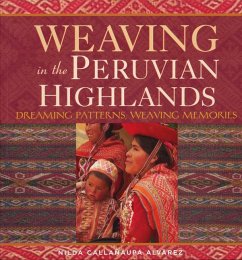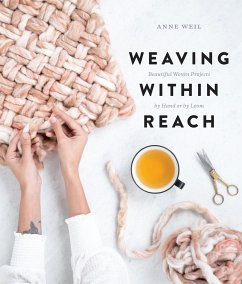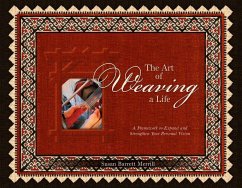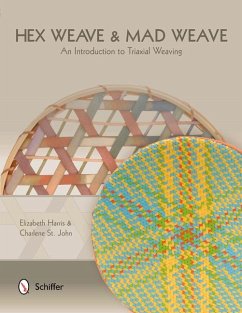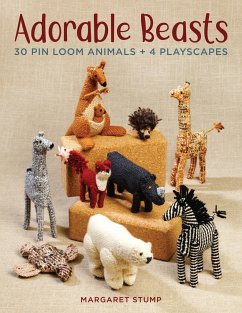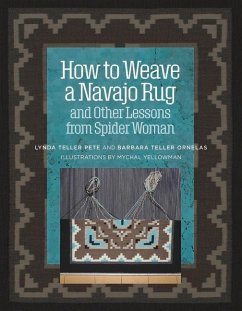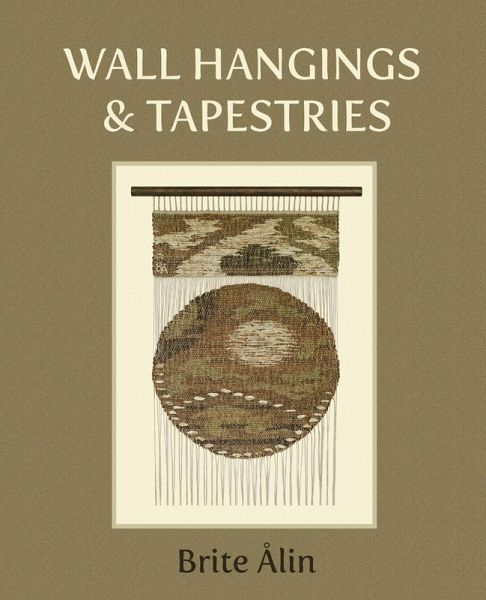
Wall Hangings & Tapestries
Versandkostenfrei!
Versandfertig in 1-2 Wochen
14,99 €
inkl. MwSt.

PAYBACK Punkte
7 °P sammeln!
Wall Hangings & Tapestries features the work of Swedish-born textile artist Brite Ålin (1934-2014). Ålin's early work focused on open weave designs in which natural and geometric forms woven from cotton rag alternated with expanses of exposed warp to create large freeform wall hangings. Her later work included tapestries ranging from representational to abstract, woven from wool yarns in muted earthen shades or monotone gray scales. This book includes an overview of Ålin's development as a textile artist and a brief project notes section. Twenty-three images of wall hangings and tapestries,...
Wall Hangings & Tapestries features the work of Swedish-born textile artist Brite Ålin (1934-2014). Ålin's early work focused on open weave designs in which natural and geometric forms woven from cotton rag alternated with expanses of exposed warp to create large freeform wall hangings. Her later work included tapestries ranging from representational to abstract, woven from wool yarns in muted earthen shades or monotone gray scales. This book includes an overview of Ålin's development as a textile artist and a brief project notes section. Twenty-three images of wall hangings and tapestries, including details of larger works, display the range of her experimentation with various weave techniques, materials, and designs across three decades of work.





